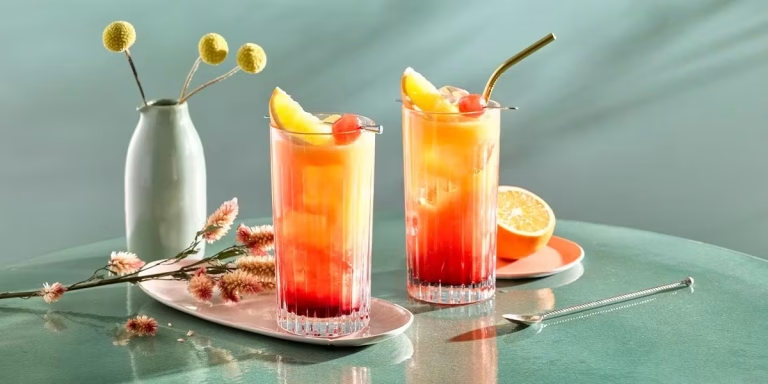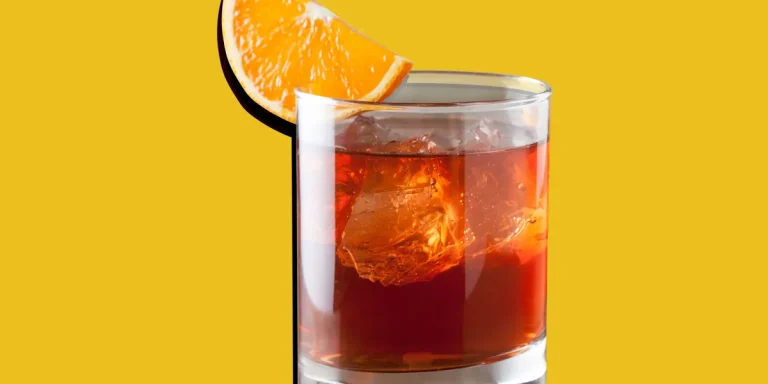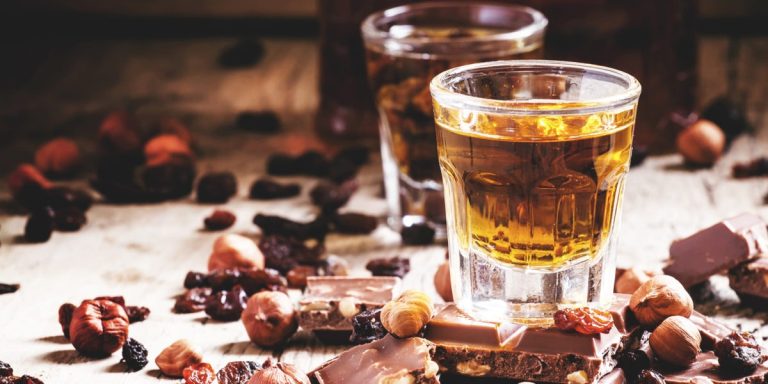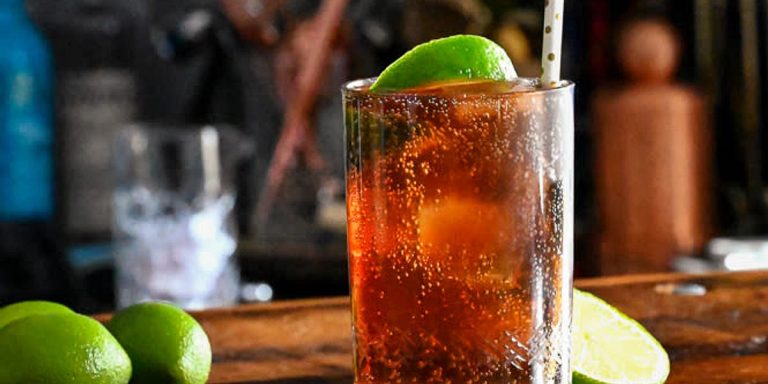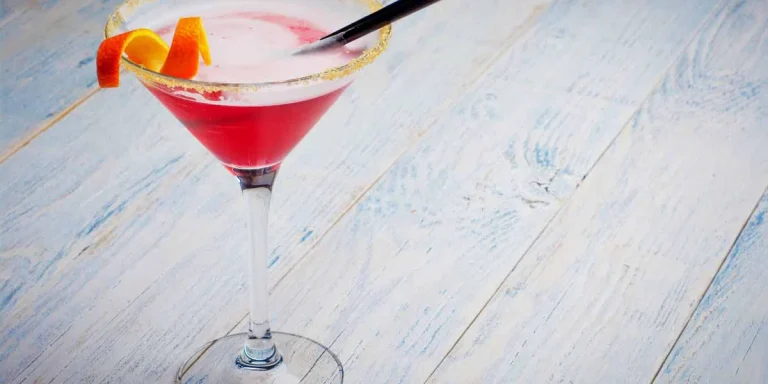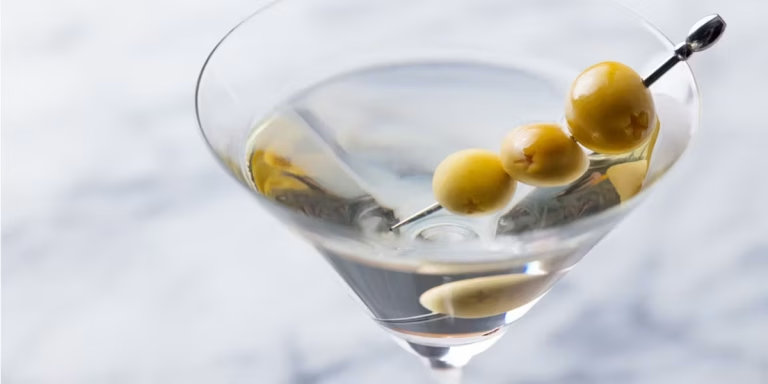Long Island Iced Tea Blessing or Hangover Curse?
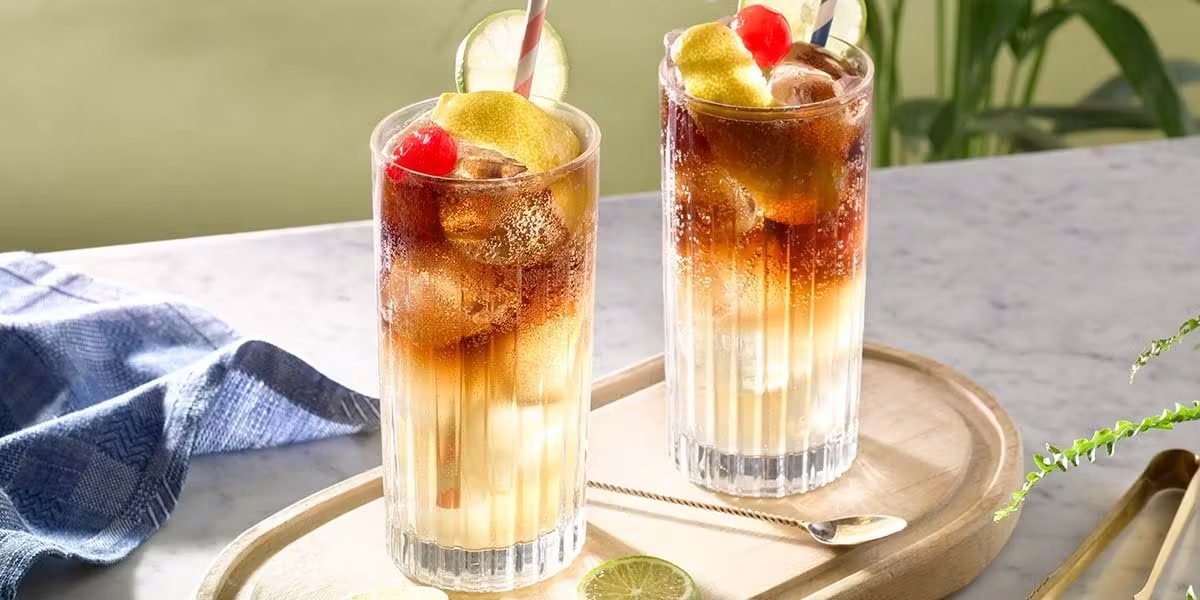
The Long Island Iced Tea has always been a drink that sparks strong reactions. Some call it the ultimate party starter, while others dread it as a guaranteed recipe for a next-day disaster. It doesn’t actually contain iced tea, yet it has the refreshing look of one, and that deception is part of its charm. The mix of multiple spirits, a splash of cola, and a squeeze of lemon makes it both irresistible and intimidating. Whenever I’ve ordered one, I’ve done so with equal parts excitement and caution, fully aware that the experience could go either way.
The drink’s reputation has made it both famous and notorious, depending on who you ask. Some bartenders treat it with respect, mastering the balance that keeps it smooth, while others dismiss it as a reckless concoction best left to college bars. For me, the Long Island Iced Tea is a cocktail that tells stories. It’s not subtle, it doesn’t hide in the shadows of delicate flavors, and it doesn’t whisper its presence it shouts. That’s what makes it fascinating to explore.
Origins of a Legendary Cocktail
The creation of the Long Island Iced Tea is shrouded in competing stories. One popular version credits Robert “Rosebud” Butt, a bartender from Long Island, New York, who allegedly crafted the cocktail in the 1970s during a contest that challenged bartenders to invent drinks using triple sec. Another tale suggests that the drink traces back to the Prohibition era, where moonshiners created a similar concoction in a community called Long Island in Tennessee. Both stories share a theme: this cocktail was born out of improvisation and daring.
Regardless of its exact birthplace, what stands out is the philosophy behind it. The Long Island Iced Tea embodies the idea of more is more. While most cocktails rely on one or two base spirits, this drink doesn’t stop until it’s mixed nearly half the back bar. Vodka, gin, rum, tequila, triple sec each has its place in the recipe. Instead of clashing, they fuse into something that’s surprisingly smooth, deceptively drinkable, and instantly recognizable.
The mystery of its origins only adds to its allure. Whether it was born in a small Tennessee town or a bustling Long Island bar, the result has remained the same: a drink that’s earned its place in cocktail history by being bold and unapologetic.
What Goes Into the Glass
When people talk about the Long Island Iced Tea, the first thing they mention is usually the sheer amount of liquor that goes into it. The classic recipe calls for equal parts vodka, gin, rum, tequila, and triple sec. To this spirit base, bartenders add sour mix or a combination of lemon juice and simple syrup, and then top it with cola for color and a hint of sweetness. Garnished with a lemon wedge, it looks innocent enough, almost like a glass of iced tea.
The beauty of the drink lies in its balance. Despite containing five different spirits, it doesn’t taste overwhelmingly boozy if it’s made well. The citrus brightens it, the cola rounds it out, and the triple sec adds a soft layer of sweetness that ties everything together. Of course, if the proportions aren’t handled carefully, the drink can quickly tip from balanced to chaotic.
For me, the real trick to enjoying a Long Island Iced Tea is respecting its power. Each sip feels smooth, but the effect sneaks up quickly. It’s a cocktail that demands mindfulness, even as it tempts you to order another.
The Party Reputation
The Long Island Iced Tea has developed a reputation as the ultimate party drink. Its high alcohol content and refreshing flavor make it a go-to choice for nights that are meant to be wild and unforgettable or in some cases, forgotten. I can’t count the number of times I’ve seen a group of friends start their night with a round of Long Islands, convinced they’ll pace themselves, only to discover hours later that the drink had its own plans.
There’s an undeniable thrill in ordering one. It’s not a delicate martini or a sophisticated Manhattan. It’s a bold statement, a way of saying you’re ready for whatever the night has to offer. That confidence, or recklessness depending on your view, is what gives the drink its edge.
At the same time, it’s earned the nickname “hangover in a glass” for a reason. The mix of different spirits can be unforgiving if you don’t pay attention to your limits. One or two may set the stage for an unforgettable evening, but three or four might lead to regret the next morning. That duality is exactly what makes the Long Island Iced Tea both a blessing and a curse.
Crafting It at Home
Making a Long Island Iced Tea at home can be an eye-opening experience. Measuring out equal parts of all the spirits into a shaker, adding lemon juice and simple syrup, then topping with cola feels almost excessive. Yet when you taste it, you realize how everything blends together seamlessly.
I’ve experimented with small adjustments to the recipe, like swapping cola for diet soda, adding fresh lime juice for more tartness, or even infusing one of the spirits with herbs for a subtle twist. The drink is versatile enough to handle personal creativity without losing its essence.
The key is always balance. Too much of one spirit throws the whole thing off. Too little citrus, and it tastes flat. Too much cola, and it becomes syrupy. But when everything clicks, it’s a cocktail that reminds me why it became so popular in the first place.
Social Dynamics Around the Drink
Beyond its taste, the Long Island Iced Tea carries a social element. Ordering it can spark conversations, raise eyebrows, and even earn nods of respect. It’s one of those drinks that people associate with stories nights out that spiraled into adventures or mornings filled with amusing regret.
In many ways, it has become a rite of passage. Most cocktail enthusiasts I know have a Long Island story, whether it’s about their first wild night at a bar, a college gathering that went sideways, or a spontaneous evening that ended with laughter. The drink isn’t just about what’s in the glass; it’s about the experiences it fuels.
Why It Works Despite the Odds
On paper, the Long Island Iced Tea shouldn’t work. Five base spirits in one cocktail sounds like a recipe for disaster. Yet the reason it succeeds is because the flavors balance rather than battle. Vodka provides neutrality, gin brings herbal notes, rum adds depth, tequila contributes a peppery bite, and triple sec lends sweetness. Together with lemon juice and cola, the result is complex but harmonious.
That’s what surprises people when they first try it. They expect harshness but find smoothness instead. The illusion of iced tea in its appearance only adds to that sense of wonder. It’s a cocktail that defies logic but rewards curiosity.
The Darker Side
Of course, no exploration of the Long Island Iced Tea is complete without acknowledging its darker side. The high alcohol content makes it one of the most dangerous cocktails to underestimate. Unlike sipping on whiskey or tequila neat, you don’t taste the burn as clearly. That makes it easy to consume quickly without realizing how much you’ve actually had.
I’ve seen people treat it like a casual drink, only to find themselves overwhelmed halfway through their glass. It’s a cocktail that can easily cross the line from fun to reckless if you don’t respect its potency. This is where its reputation as a curse comes from it’s not the drink itself that’s dangerous, but the way it tempts you into thinking it’s lighter than it is.
Variations Worth Trying
Over the years, bartenders have played with the Long Island formula, creating variations that showcase its adaptability. Some swap cola for cranberry juice, creating a Boston Iced Tea. Others add blue curaçao instead of triple sec for a Blue Long Island. There’s also the Texas Tea, which includes whiskey in the mix.
Each variation maintains the core concept of blending multiple spirits while offering a slightly different flavor profile. Trying these versions can feel like exploring alternate personalities of the same drink each familiar, yet distinct enough to stand on its own.
A Drink That Defines Excess
The Long Island Iced Tea isn’t about restraint. It’s about indulgence, excess, and boldness. That’s part of why it has become iconic. In a cocktail world that often celebrates subtlety and precision, the Long Island stands out as a symbol of rebellion. It’s the drink equivalent of turning the volume up and refusing to turn it down.
That doesn’t mean it lacks sophistication, though. When made well, it’s a demonstration of how even chaos can be controlled and molded into something enjoyable. That balance between excess and finesse is what keeps it relevant decades after its invention.
Final Thoughts
The Long Island Iced Tea is both a blessing and a curse, depending on how you approach it. It’s a cocktail that can elevate a night into unforgettable territory, but it can just as easily push things too far. Its origins, its reputation, and its unique balance of flavors make it one of the most fascinating drinks in cocktail culture.
For me, it represents adventure in a glass. Every time I order one, I know I’m signing up for a ride. Sometimes that ride ends in laughter and great memories, sometimes in a groggy morning reminder of why moderation matters. But either way, it always leaves a story behind.
The Long Island Iced Tea is not for the faint of heart. It’s for those who want to embrace the full spectrum of what a cocktail can be refreshing, bold, deceiving, and unforgettable. Whether you call it a blessing or a curse, it will always remain a legend in the world of drinks.

